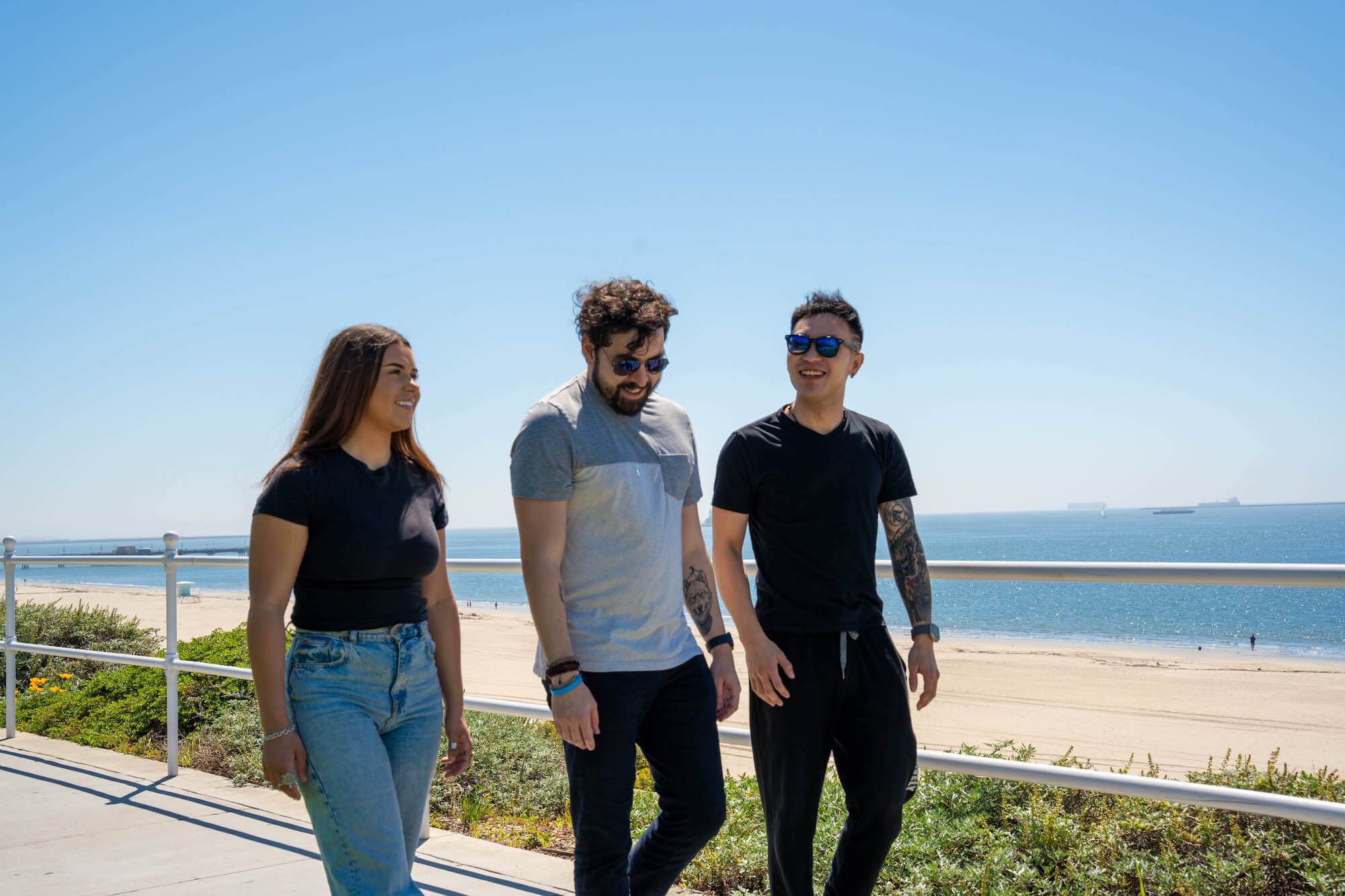Xanax falls under the category of benzodiazepine medications, a class of drugs that is distinct from opioids, and it functions as a CNS (central nervous system) depressant. Benzodiazepines deliver sedation, anxiety relief, sleep induction, and seizure prevention. That said, both benzodiazepines and opioids share a high potential for misuse and addiction. Withdrawal from Xanax can result in severe symptoms, making medical detox a common requirement for a stable and sustained recovery.
This brief guide addresses the following issues:
- Is Xanax considered an opioid?
- Is Xanax an opioid withdrawal medication?
- Is Xanax a narcotic?
- What is Xanax classified as?
- What is a benzo?
What is Xanax Considered to Be?
Xanax, a branded formulation of alprazolam, is a medication that belongs to the benzodiazepine class. This classification places it within a group of drugs that act as depressants of the CNS. Unlike opioids, which are recognized for their pain-relieving properties, Xanax is primarily prescribed for its anxiolytic effects, meaning that it helps to alleviate anxiety.
Benzodiazepines, including Xanax, enhance the activity of a neurotransmitter called GABA (gamma-aminobutyric acid). GABA is responsible for inhibiting brain activity, which in turn can lead to relaxation, reduced anxiety, and even sedation. Xanax is specifically employed to manage conditions like GAD (generalized anxiety disorder), panic disorders, and sometimes even insomnia.
The effects of Xanax encompass more than anxiety relief. This medication also induces sleep, making it useful for individuals who struggle with sleep disturbances due to their anxiety. Additionally, Xanax can prevent seizures, making it valuable for individuals with certain seizure disorders.
Like other benzodiazepines, carries a risk of misuse and addiction. The potential for tolerance to develop over time can lead individuals to require higher doses to achieve the same effects, potentially escalating the risk of dependence and the development of addiction.

Is Xanax a Controlled Substance?
Xanax is classified as a controlled substance due to its potential for abuse, dependency, and addiction. The controlled substance classification is part of a regulatory framework designed to monitor and manage the distribution, prescription, and usage of substances with the potential for misuse.
The classification of controlled substances is overseen by governmental agencies like the DEA (Drug Enforcement Administration) in the United States. These agencies categorize substances based on their medical use, potential for abuse, and safety considerations.
Xanax falls under Schedule IV of the Controlled Substances Act in the United States. This classification takes into account its recognized medical applications, which include anxiety and panic disorder treatment, but also acknowledges its potential for misuse and addiction. As a Schedule IV controlled substance, Xanax is considered to have a lower potential for abuse than drugs in higher schedules. That said, it still requires careful monitoring and medical supervision.
FAQs
Is Xanax a Benzo?
Yes, Xanax (alprazolam) is a benzodiazepine medication (benzo).
Why do doctors recommend Xanax?
Doctors often recommend Xanax for treating anxiety disorders, panic attacks, and certain other conditions due to its calming and sedative effects.
What are the problems with taking Xanax?
Taking Xanax can lead to dependency, addiction, and withdrawal symptoms if not used as prescribed. Misuse can cause dangerous side effects and health risks.
Is alprazolam a controlled substance in California?
Yes, alprazolam is classified as a controlled substance in California due to its potential for abuse and addiction.
Treatment for Xanax Abuse
Addressing Xanax abuse requires a comprehensive and individualized approach to help individuals regain control over their lives. When it comes to treatment for Xanax abuse, several key elements play a crucial role in fostering recovery and promoting a healthier, substance-free future.
Every individual’s journey through Xanax abuse is unique. A successful treatment plan begins with a thorough assessment of the person’s physical and psychological health, history of substance use, and any underlying mental health issues. This assessment sets the foundation for a tailored treatment approach that addresses specific needs and challenges.
For those struggling with Xanax abuse, a supervised medical detoxification phase is often the first step. Under medical supervision, individuals are gradually tapered off Xanax to minimize withdrawal symptoms and ensure safety. This process helps the body readjust to functioning without the presence of the drug.
Therapeutic interventions are central to Xanax abuse treatment. These may include:
- Behavioral therapies: Psychotherapies like CBT (cognitive behavioral therapy) aim to identify and modify negative thought patterns and behaviors associated with substance use.
- Individual counseling: One-to-one counseling provides a supportive space to explore underlying emotional issues and develop coping strategies.
- Group therapy: Group therapy offers a sense of community and shared experience. Engaging with peers who are also on the path to recovery provides mutual support, encouragement, and the opportunity to learn from others’ journeys.
Many individuals with Xanax abuse issues may also have underlying mental health conditions. Dual diagnosis treatment addresses both substance use and co-occurring disorders, offering integrated care to promote holistic healing.
Learning to cope with triggers and cravings is a key aspect of long-term recovery. Relapse prevention strategies equip individuals with tools to manage stress, avoid high-risk situations, and build a strong foundation for sustainable sobriety.
Recovery doesn’t end when treatment concludes. Aftercare planning involves creating a roadmap for ongoing support, which may include ongoing therapy, support groups, and resources to help individuals maintain their progress and prevent relapse.
Seeking treatment for Xanax abuse is a courageous step towards a healthier future. Remember that recovery is a journey, and every step taken brings you closer to reclaiming a life free from the grip of substance abuse. If you or a loved one is struggling with Xanax abuse, reaching out to a professional treatment center can provide the guidance and support needed to embark on this transformative path.

Get Xanax Abuse Treatment at Gratitude Lodge
At Gratitude Lodge in Southern California, our focus is on helping individuals overcome benzo addiction and associated mental health challenges. Our rehab centers, situated in Newport Beach and Long Beach, CA, offer comprehensive recovery solutions with a pet-friendly environment.
Our closely monitored medical detox program ensures a safe and effective transition towards recovery. Following detox, you can seamlessly transition into our 30-day inpatient program.
Our treatment approach incorporates various strategies:
- Medication-assisted treatment
- Psychotherapy
- Group therapy
- Individual counseling
- Family therapy
- Holistic therapies
- Aftercare support
If you’re ready to transition from active Xanax addiction to sustained recovery, trust in Gratitude Lodge. Reach out to our admissions team at 800-994-2184.




























